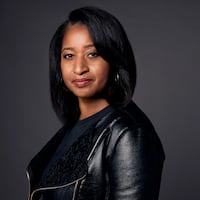What do you get when college students become activists galvanized by a range of concerns — from Black Lives Matter and police brutality, to sexual assault and sexual orientation, to academic freedom and cultural diversity?
You get a “gumbo” movement bubbling over with huge chunks of issues.
In the 1950s and ’60s, Atlanta was the epicenter of the civil rights movement. The Rev. Martin Luther King Jr.’s Southern Christian Leadership Conference was based in Atlanta, as was the Student Nonviolent Coordinating Committee — the shock troops of the civil rights movement.
And because Atlanta, with its wealth of colleges and universities, is in the sway of this nationwide wave of student activism, it seems natural to many to draw comparisons between the present-day protests and those of decades past. But there are important distinctions, students say.
In the 1960s, organizing and informing students was likely a function of underground newspapers. Today, a protest is just a tweet away.
Student leaders of the 1960s sought out dangerous public spaces as part of their strategy. Their goal was to highlight the brutality of Southern racism by attracting the attention of the national media. Many were prepared to pay with their lives, and some did, such as the three civil rights workers in Mississippi who were murdered in 1964.
Today, a video posted on social media can bring immediate national attention to an injustice, real or perceived. For the most part, these student activists are not courting violence, nor are they offering up an individual leader as the face of their movement. Their strategy is to protect and sustain themselves while still bringing about change.
Yet even some supporters of this undeniable gumbo movement have voiced concerns about its tactics. What are those criticisms? And what is arguably the movement's most daunting challenge? Find out on MyAJC.com.
About the Author
The Latest
Featured

